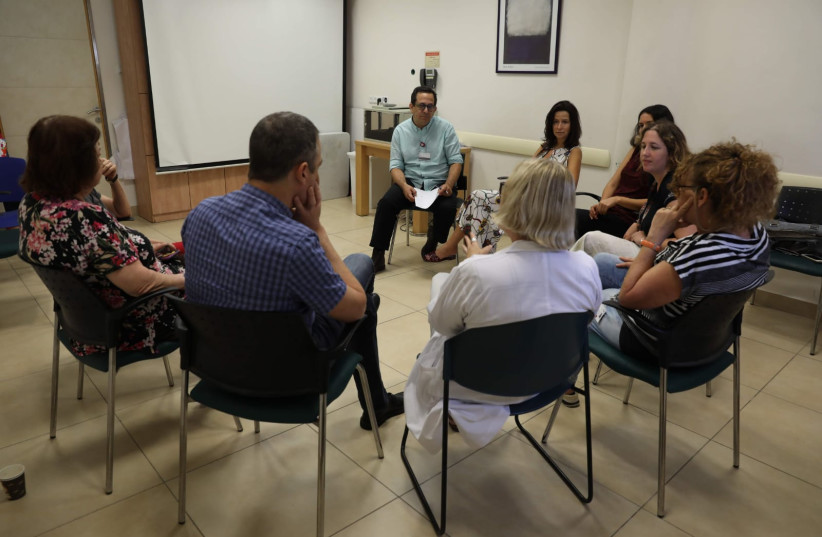In a world where emotional struggles and challenges are prevalent in people of all ages, offering support and compassion to others becomes a vital skill. It is even more vital when we are facing a person in immediate mental distress, in need of first aid.
We are familiar with administering physical first aid; first aid courses and training are everywhere, from CPR classes for new mothers to designated classes in high schools. But familiarity with emotional first aid and its practices emphasizing the importance of extending critical on-scene aid to those in emotional distress is still lacking. Understanding how to provide mental support can make a significant difference in someone’s life during difficult times.
We have known for some time that just like in physical injuries, in emotional distress, the time factor is of great essence. The quicker we respond to the person, the better odds of them fully recovering or decreasing risk factors for post-traumatic stress disorder. Therefore, I suggest offering training to the general public, not just to medical staff.
Such training has been used in the IDF for several years now, providing soldiers with the ability to offer mental and emotional first aid close to the time and location of the stressor event. This is extremely effective because, besides the time factor, the familiarity of the helper is of great importance.
For a person in distress, whether a student with test anxiety or someone after a car accident or an attack, being assisted by someone they have a close connection to is a central factor in that person’s willingness to receive help; hence familiar caregivers have an advantage. Until that person can reach out and seek professional help, the help of the people present around them can make a difference.

Until such training is available, here are some basic dos and don’ts:
Calm physical symptoms
When a person is in severe anxiety, their body usually shows physical symptoms such as a racing heartbeat and shortness of breath. The first thing you must do is address the symptoms by asking the person to take deep, slow breaths. They can concentrate on their diaphragm when inhaling and exhaling.
Empathy and active listening
One of the most powerful ways to provide emotional first aid is by showing empathy and practicing active listening. Allow the person to express their feelings without interruption or judgment. By genuinely listening to their concerns, you validate their emotions, even if they may seem irrational or exaggerated from an outsider’s perspective.
Avoid dismissing or trivializing their emotions with reactions such as “it’s nothing,” “don’t make a big deal about it” or “you’re overreacting.” Offering a compassionate and nonjudgmental space enables them to release pent-up emotions and promotes a sense of comfort and understanding.
Provide reassurance and comfort, help identify coping strategies
In moments of emotional distress, reassurance and comfort can be incredibly soothing. Remind the person that they are not alone and that you are there to support them. Reassure them that their feelings are temporary and that they have the strength to overcome their challenges.
Offer words of encouragement, reminding them of their resilience and past successes, and assist them in identifying coping strategies that work for them. Sometimes, a simple gesture of comfort, or finding resources, can provide immense solace.
Don’t rush into practical solutions
When a person is stressed or anxious, turning to practical solutions of what you think that person should do next is inefficient. Offering personal advice is not what they need. Ask them to talk about what happened, describing it in detail and at length. If talking isn’t what they feel comfortable with, other means of expression can be used such as writing or drawing. Don’t try changing the subject, thinking that distraction might help.
The writer is a PhD candidate in the Health Sciences Department of Poznan University of Medical Sciences in Poland, and an art therapist.
